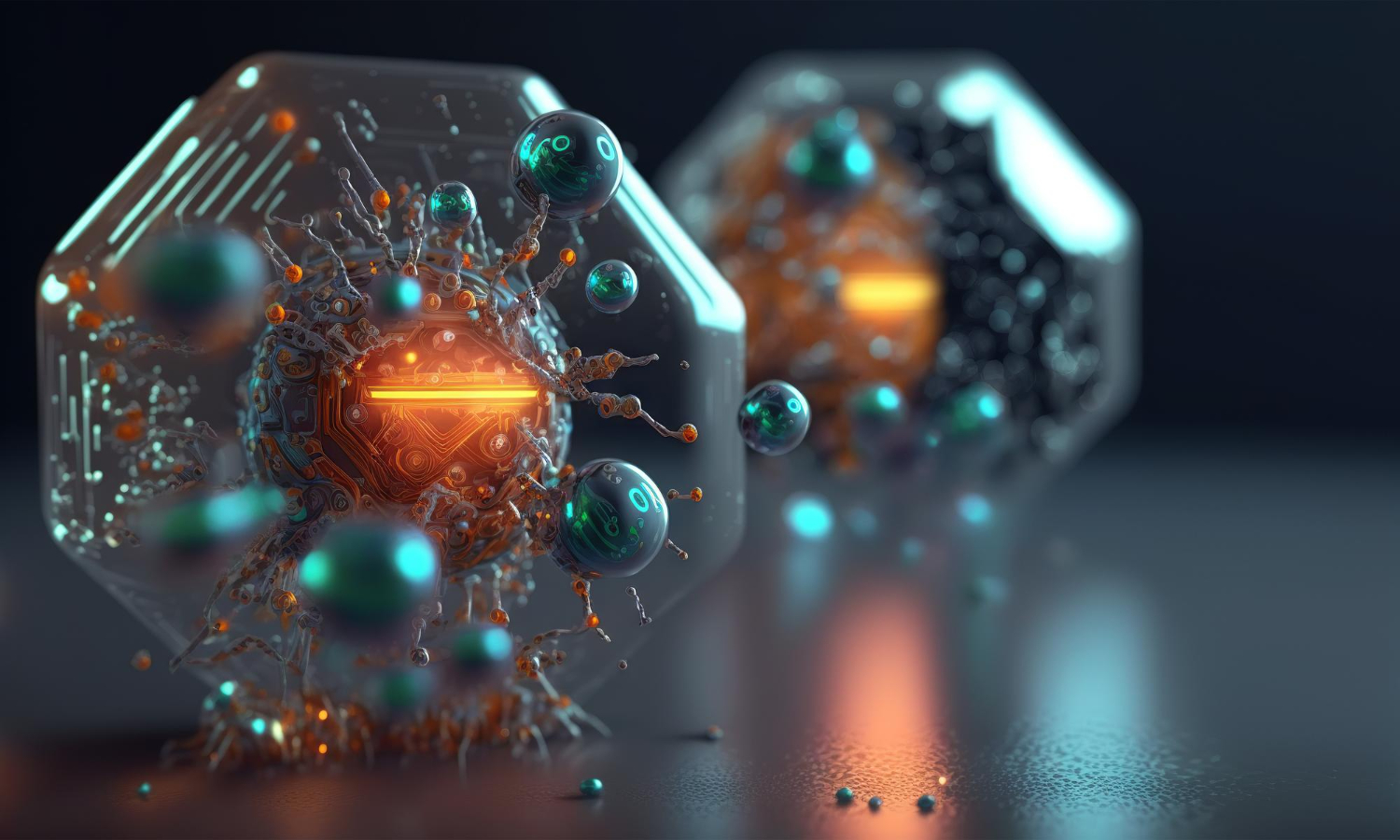Nanotechnology in drug delivery
Nanotechnology is the manipulation of matter on an atomic, molecular, and supramolecular scale. It has become an essential tool in drug delivery, enabling the development of novel therapies that are more effective, targeted, and safer than conventional drugs. In this blog post, we will explore the role of nanotechnology in drug delivery.
One of the key advantages of using nanotechnology in drug delivery is the ability to engineer nanoparticles to carry drugs, genes, or imaging agents to specific sites in the body. These nanoparticles can be designed to target specific cells, tissues, or organs, allowing for more precise drug delivery. By delivering drugs directly to the site of action, nanotechnology-based drug delivery systems can increase drug concentration at the target site, reduce the amount of drug needed, and minimize side effects.
Nanoparticles have unique physical, chemical, and biological properties that make them ideal for drug delivery applications. At the nanoscale, materials have a larger surface area-to-volume ratio, allowing for increased drug loading capacity. Nanoparticles can also protect drugs from degradation in the bloodstream and increase drug circulation time. Furthermore, nanoparticles can be designed to release drugs in a controlled manner, enabling sustained drug release over a prolonged period.
One example of a nanotechnology-based drug delivery system is liposomes. Liposomes are spherical nanoparticles composed of a lipid bilayer that can encapsulate hydrophilic and hydrophobic drugs. The lipid bilayer of liposomes can be modified to target specific cells or tissues, allowing for more precise drug delivery. Liposomes have been used to deliver a variety of drugs, including chemotherapy drugs, vaccines, and gene therapies.
Another example of a nanotechnology-based drug delivery system is dendrimers. Dendrimers are highly branched, tree-like molecules that can be engineered to carry drugs, imaging agents, or targeting moieties. Dendrimers can also be modified to target specific cells or tissues, allowing for more precise drug delivery. Dendrimers have been used to deliver a variety of drugs, including anticancer drugs, antibiotics, and gene therapies.
Nanoparticles can also be used to improve the oral bioavailability of poorly soluble drugs. Poorly soluble drugs have limited solubility in aqueous solutions, making it difficult for them to be absorbed in the gastrointestinal tract. Nanoparticles can be used to improve the solubility and bioavailability of poorly soluble drugs by encapsulating them inside nanoparticles. By increasing drug absorption, nanoparticle-based drug delivery systems can improve drug efficacy and reduce variability in drug exposure.
Nanotechnology-based drug delivery systems also have the potential to overcome biological barriers that limit drug delivery. For example, the blood-brain barrier is a selective barrier that prevents many drugs from entering the brain. Nanoparticles can be designed to overcome the blood-brain barrier and deliver drugs to the brain, allowing for the treatment of neurological diseases such as Alzheimer’s and Parkinson’s disease.
In addition to improving drug delivery, nanotechnology-based drug delivery systems can also reduce the environmental impact of drug production and disposal. Nanoparticles can be designed to be biodegradable and eco-friendly, minimizing the environmental impact of drug production and disposal.
Lastly, nanotechnology has become an essential tool in drug delivery, enabling the development of novel therapies that are more effective, targeted, and safer than conventional drugs. Nanoparticles have unique physical, chemical, and biological properties that make them ideal for drug delivery applications. Nanotechnology-based drug delivery systems can increase drug concentration at the target site, reduce the amount of drug needed, and minimize side effects. With continued research and development, nanotechnology-based drug delivery systems have the potential to revolutionize the pharmaceutical industry and improve patient outcomes.


